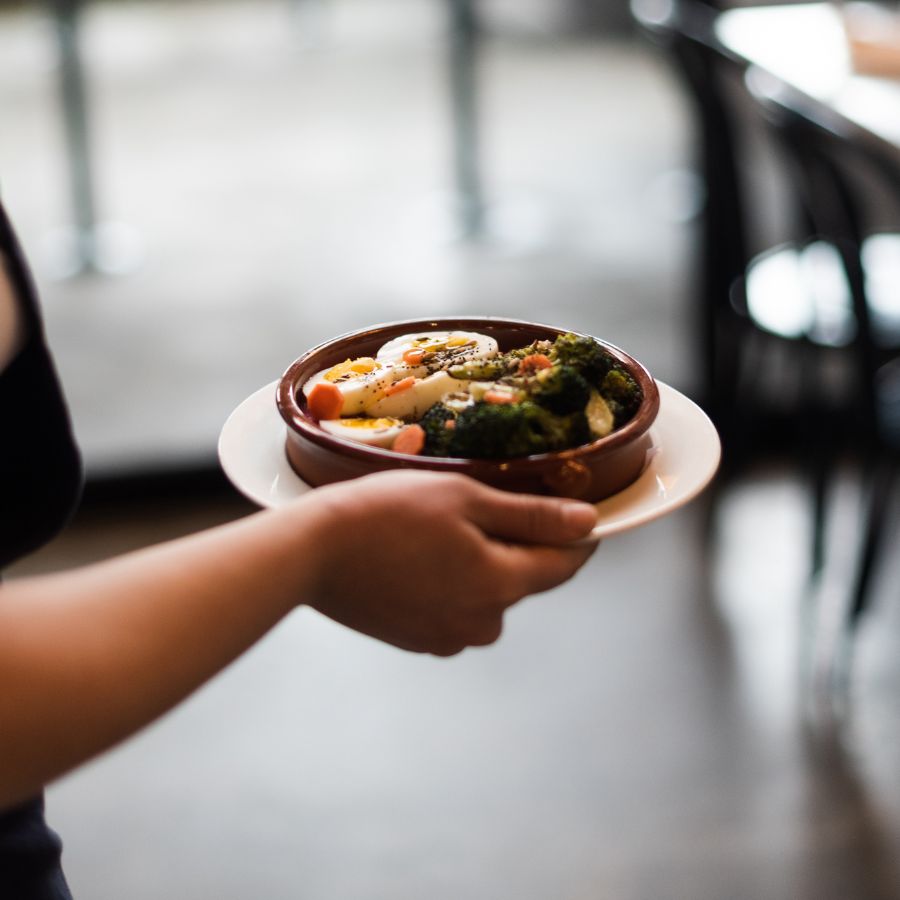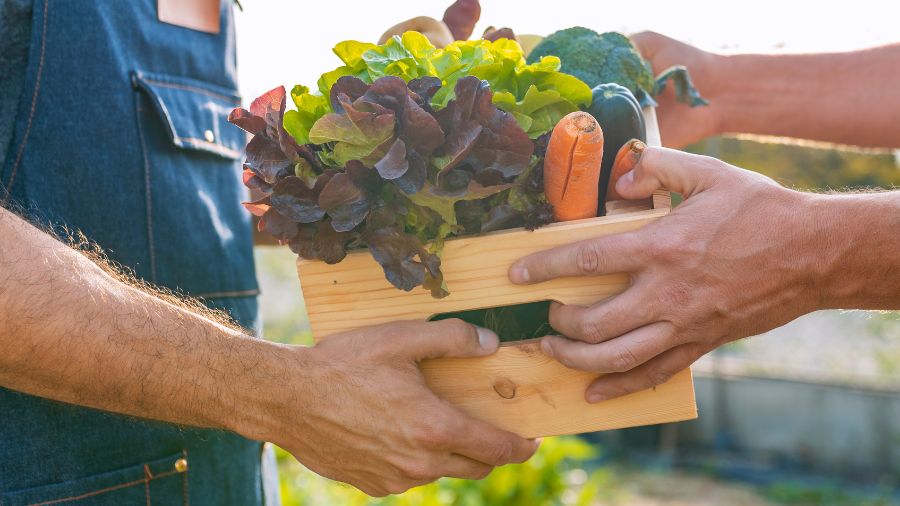Sustainability and Food Tourism: Can the Two Go Together?
Co-authored by Sustainability Reporter and GDS-Movement

Food has become a powerful driver of travel, with tourists increasingly seeking authentic culinary experiences. This rise in food tourism presents a significant opportunity for destinations worldwide. However, it also raises critical questions about sustainability. Can we satisfy the growing appetite for gastronomic travel without harming local ecosystems, economies, and communities?
For Destination Management Organizations (DMOs), the answer should be, “yes!”. Balancing the boom in food tourism with sustainable practices might be a challenge, but it’s also an imperative for long-term success.
The Challenges
First up, let’s look at some of the key challenges, and how they can be overcome in order to make sure sustainability and food tourism can indeed go hand in hand.
A Complex Farm-to-Plate Supply Chain
Often, the path from a local farm to a tourist’s plate is complex. Many hospitality businesses default to large, non-local suppliers for convenience and cost. But supply chain management can be improved to emphasise local sourcing. Big agriculture (industrial farming) negatively impacts the environment, generating huge amounts of food that often gets wasted, as well as using harmful fertilizers and pesticides. The latest available data shows that emissions from global agrifood systems reached 16.2 billion tonnes of carbon dioxide in 2022 – a 10% increase since 2000, according to the Food and Agriculture Organization of the United Nations. Local, small suppliers are in tune with local demand, enabling them to grow the ingredients that are needed, as well as cutting down on transport emissions.
DMOs can act as facilitators, creating networks that connect local producers directly with hotels, restaurants, and tour operators. When restaurants and hotels are encouraged to partner with local farmers, fishers, and producers, more of the money spent by tourists stays within the community. This creates a resilient local economy and supports small businesses. Plus, it contributes to the protection of a region’s unique culinary heritage by promoting traditional farming methods, local ingredients, and authentic recipes.
Need for Knowledge and Fluency
Another key challenge is awareness. Busy with day-to-day operations, many tourism businesses may not fully understand what sustainable food practices entail or how to implement them. DMOs can develop educational resources, workshops, and support the supply chain to achieve third-party-accredited, international-standard sustainability certification. By providing clear guidelines on topics like waste reduction, water conservation, and responsible sourcing, local businesses are empowered to become partners in sustainability. Recognising and promoting businesses that meet these standards can create a powerful incentive for others to follow suit – so let’s end by recognising some countries leading the way.
Countries and Regions Leading the Way
Thailand
Thailand Convention and Exhibition Bureau (TCEB) initiated a program to educate workers in hotels and venues to reduce food waste. The programme, initiated in November 2017, intercepted potential waste at the points of receiving produce, distribution storage, preparation, service, and disposal. It was rolled out to more than 20 venues and hotels, trained 845 workers, and saved 321 tons of food from going to landfill. This has resulted in €950,000 in cost savings.
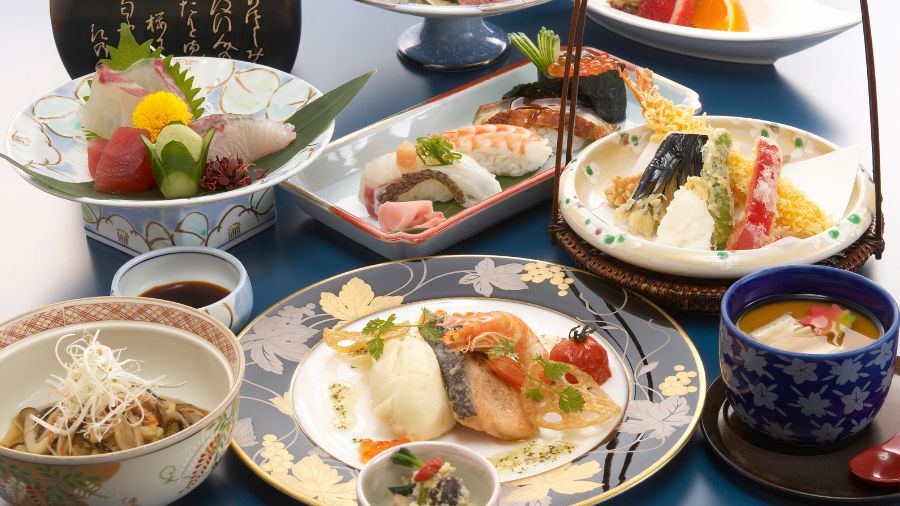
Iceland
“Iceland’s Culinary Treasures” established Iceland as a region with a foodie and sustainability heritage and appeal and unique flavours and ingredients. The national programme, from Visit Iceland, incentivises hotels, restaurants and caterers to promote local food heritage and use locally sourced ingredients rather than imported ones. It was guided by the UN SDGs, sustainable food policy, and industry collaboration.
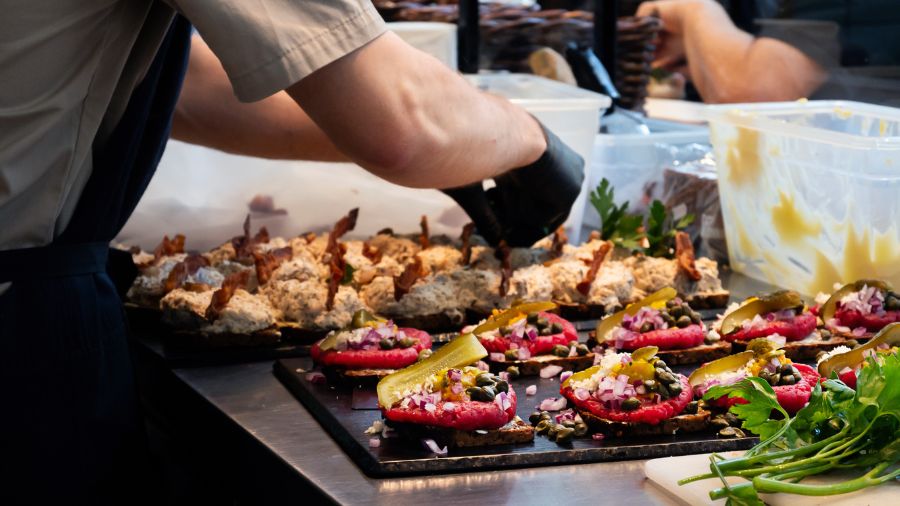
Copenhagen, Denmark
Copenhagen leads the way in sustainable food tourism by integrating more responsible practices into its food scene as standard. There are numerous farm-to-table restaurants in the city that source ingredients from Danish farms, shortening the path from field to plate. Wonderful Copenhagen celebrates Noma, one of Copenhagen’s most renowned restaurants, as a pioneer of New Nordic cuisine, with its commitment to using organic, more sustainable, and local produce. Noma’s Michelin Star just goes to show that being sustainable doesn’t have to negatively impact quality.
Notable countrywide initiatives like the Stop Wasting Food movement also demonstrate a broad commitment to reducing the environmental impact of dining. Based in Copenhagen, this not-for-profit movement aims to raise awareness about food waste, with over 60,000 supporters.

Barcelona, Spain
In 2021, Barcelona launched the first wholesale market of fresh organic food in Europe, called ‘Biomarket’, and was also recognised as the World Capital of Sustainable Food.
Barcelona Turisme promotes gastronomic traditions centred around seasonal celebrations, like crema catalana for Sant Josep and escudella for Christmas.
Recognizing that this reputation depends on the quality of its local products, the region’s DMOs work closely with organizations that protect its unique food heritage.
They promote experiences that connect tourists with authentic food experiences, such as visiting local markets and street food vendors, as well as supporting small, locally-run tapas bars, where visitors can try a range of dishes without wasting a whole meal if they don’t like it.

Adelaide, Australia
The Most Improved Destination in the 2025 GDS-Index* is Adelaide, Australia. It saw a 13.4 percentage points boost thanks to notable increases in its tourism and events’ circular economy initiatives and food waste reduction in hotels and restaurants” proving that incremental improvements can have monumental positive impact on a city’s sustainability score and ranking.
Learn more about Adelaide’s achievements by downloading Shifting Tides, the 2025 GDS-Index data report (pages 25 and 26), or visit its profile page here.
* The GDS-Index is a trusted performance improvement programme to assess and accelerate the progress of a destination’s regenerative journey. The GDS-Index measures, benchmarks, and enhances the sustainability strategies, action plans, and initiatives of approximately 100 destination management organisations, municipal authorities, and their tourism supply chains.
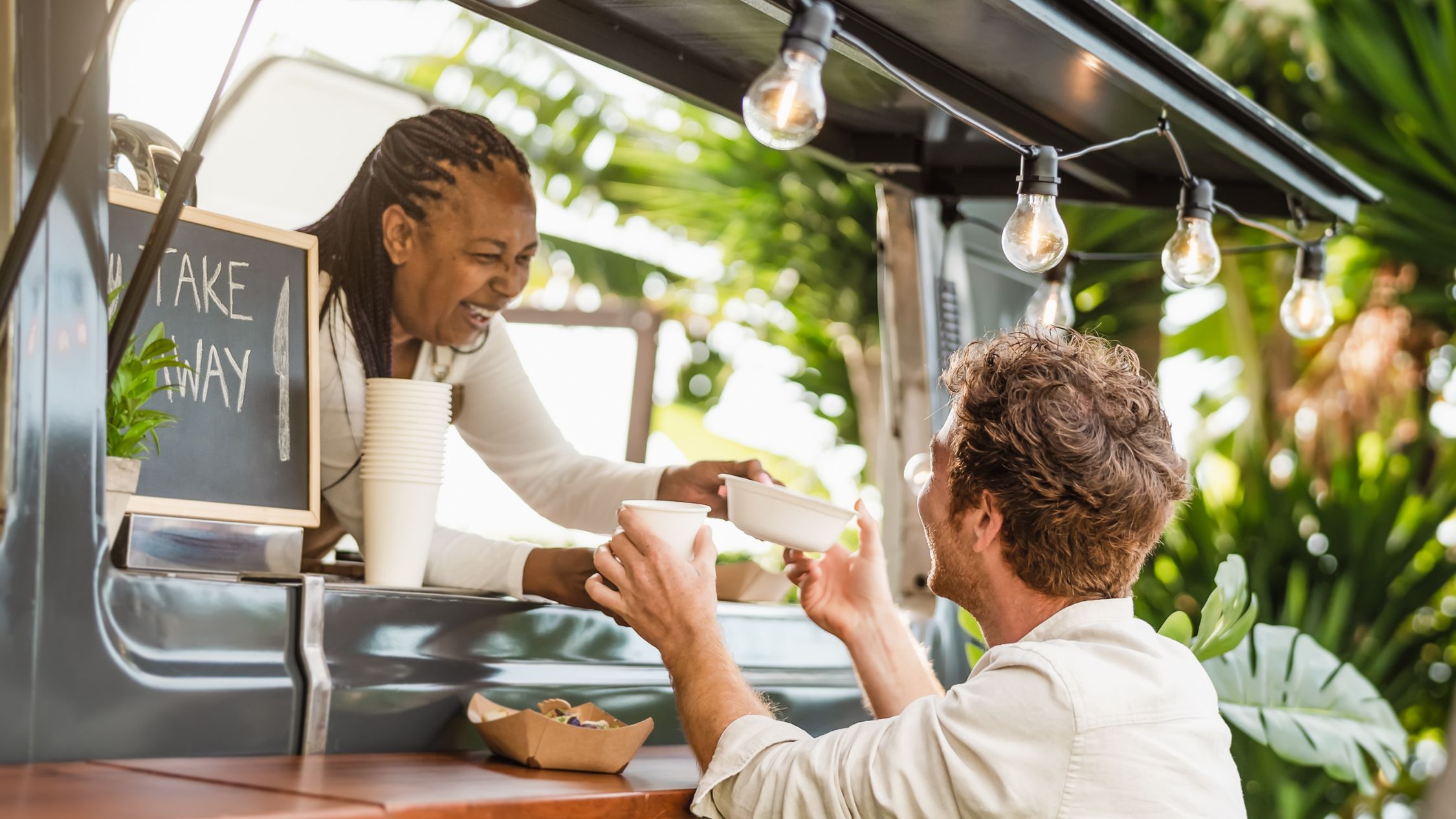
Sustainability and Food Tourism: an Innovative Trend
The fusion of sustainability and food tourism is an innovative trend that’s likely to stay. By championing local producers, preserving culinary heritage, and promoting responsible practices, DMOs can cultivate a tourism ecosystem that is not only more attractive to today’s travellers but also more resilient and beneficial for local communities.

